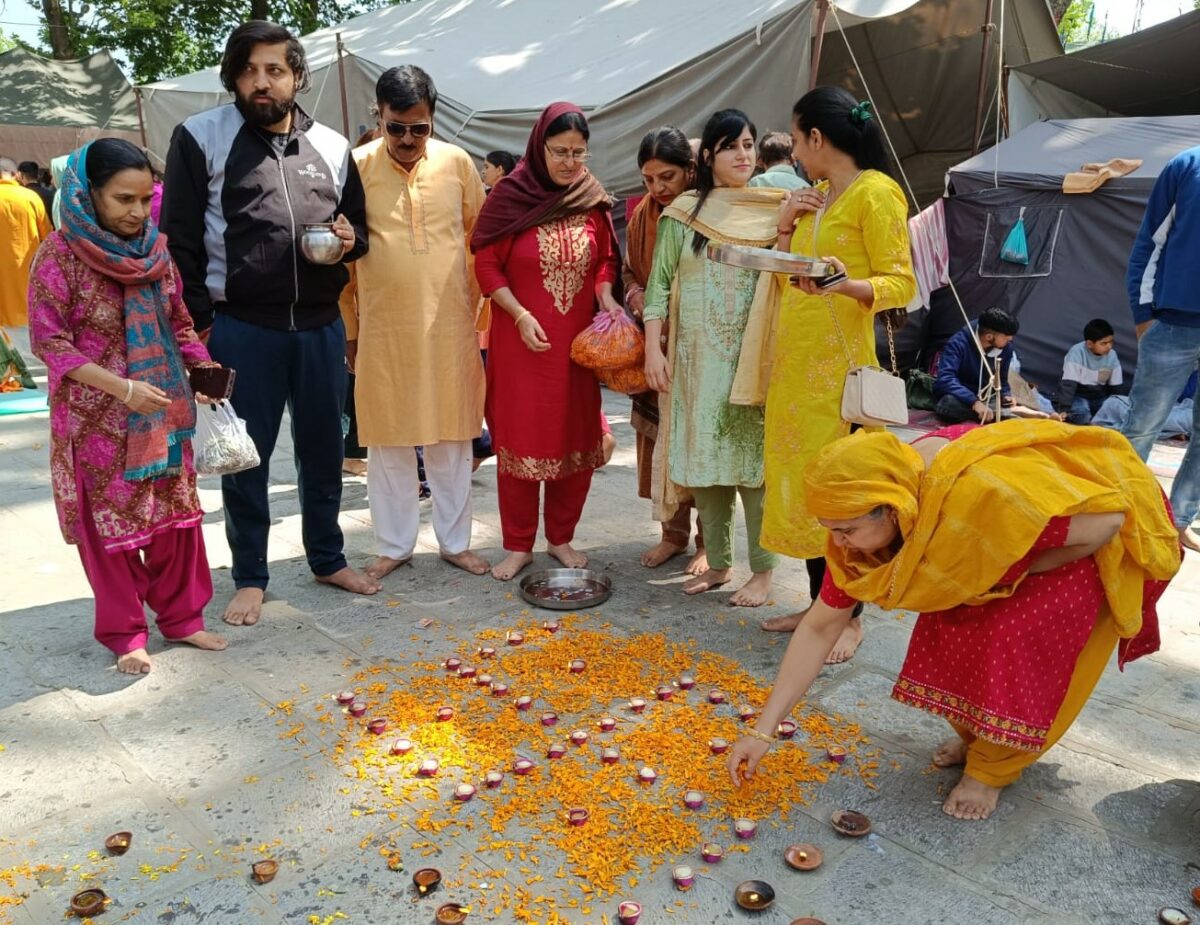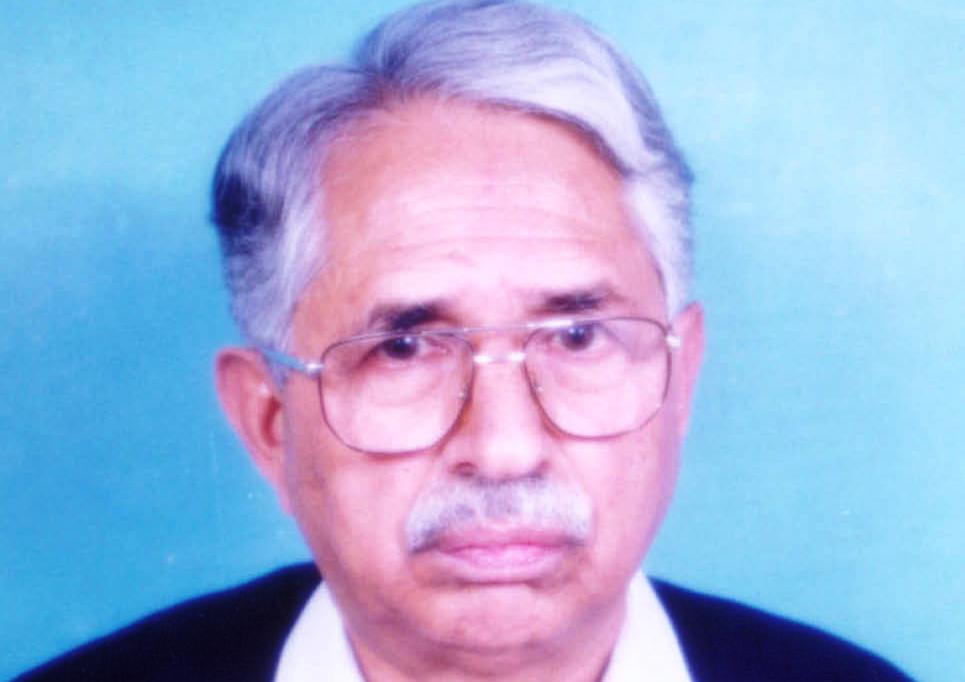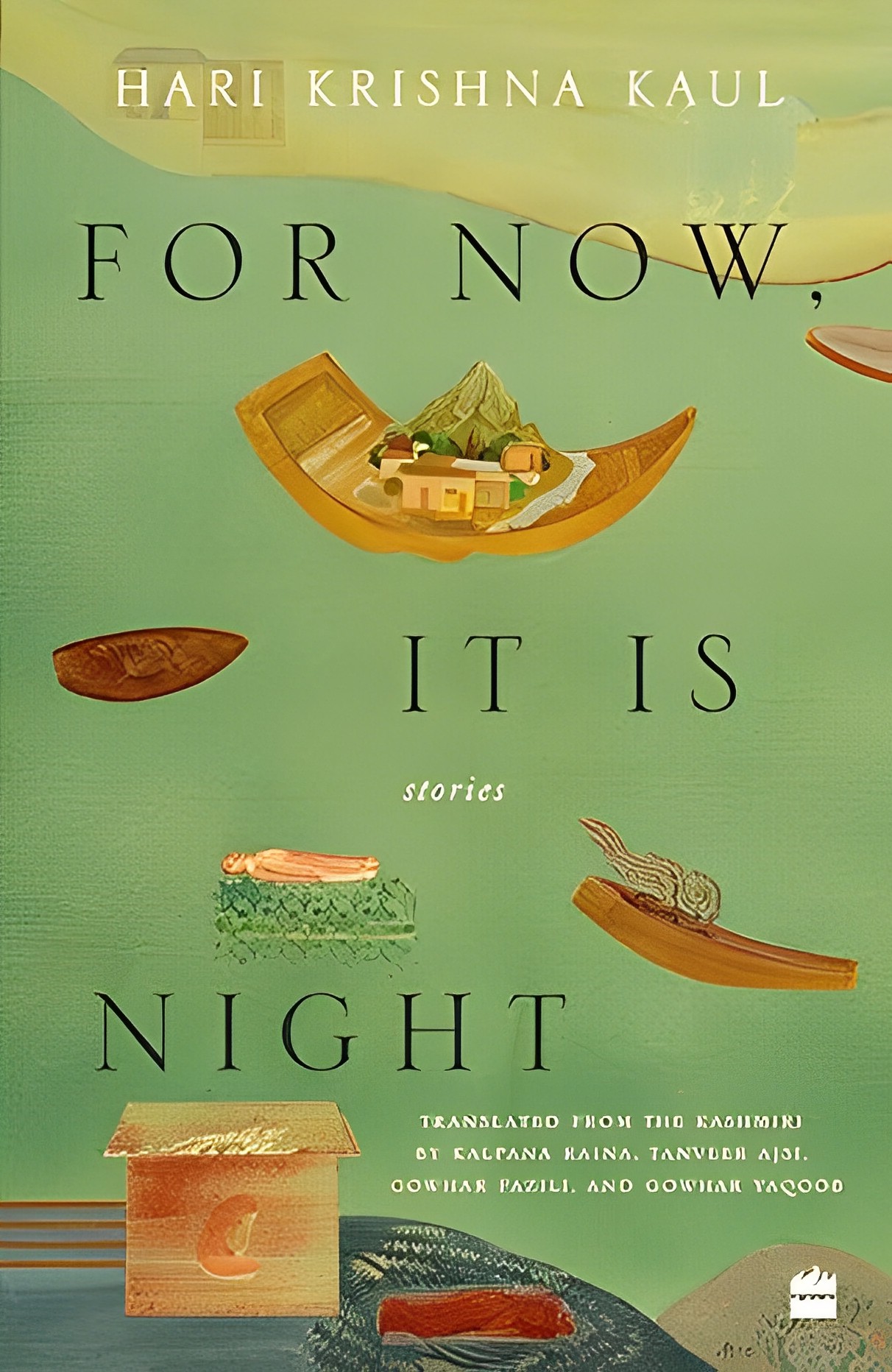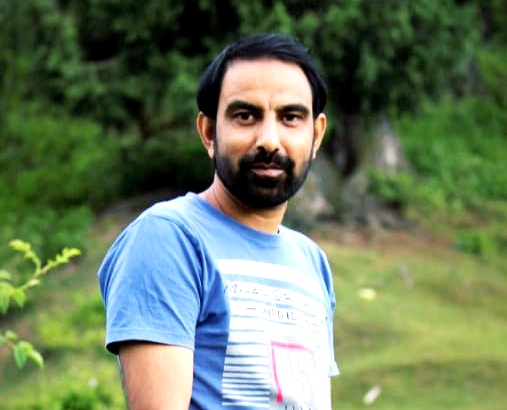by Bilal Gani
The past has left scars on the collective memory of all Kashmiris, irrespective of religious identity. The narrative’s complexity lies in understanding that tyranny and displacement, though experienced differently, have affected diverse communities.

The migration of Pandits from the Kashmir Valley emerges not just as a relocation but as a saga engraved in the Kashmiri spirit. Abandoned homes resonant with memories, families embarked not only across geographical boundaries but also through the maze of loss and resilience. This migration, painted in the personal hues of individual narratives, transforms into a tale of poignant farewells to familiar landscapes, the fragrance of saffron fields, and the echoes of a culture deeply embedded in the valley’s soil.
In Hari Krishna Kaul’s work, For Now, It is Night, the pages breathe life into the stories of a community grappling with the profound challenge of leaving not just homes and landscapes, but a cultural and historical heritage intricately woven into the region.
The book comprises 17 short stories written between 1970 and 2000. It also includes a few previously translated stories featured in various Kashmiri short story collections, such as Kath: Stories from Kashmir (2011), The Greatest Kashmiri Stories Ever Told (2022), and In This Metropolis (2011), translated by Ranjana Kaul and published by Sahitya Academy.
Beyond the statistics and political intricacies, these stories serve as a human touchstone, emphasising that amid displacement, the bonds of culture and community endure. Each untold narrative encapsulates the heartbeat of a resilient people, forever tethered to a home left behind but carried within.
In the opening short story, Sunshine, Kaul questions the Kashmiri inclination to escape the harsh winter through his character Poshkuj, who struggles to adjust to life in Delhi after just one winter away from Kashmir. Originally featured in the book Pat Laraan Parbat in the 1970s, this theme became profoundly poignant and persistent in the works of Kashmiri writers and poets after the 1990s, highlighting the enduring theme of homesickness and the deep attachment of Kashmiris to their valley.

Hari Krishna Kaul, among the foremost contemporary Kashmiri writers, published most of his work between 1972 and 2000. Shaped by the social and political hullabaloo in Kashmir, his short stories delve into themes of isolation, individual and collective alienation, corruption, and the social fabric of a community that grapples with the loss of homeland, culture, and language.
With a keen eye for detail, incisive wit, and empathy, Kaul navigates the emotions and experiences of the Kashmiri community during this turbulent era. Rather than a mere recollection of events, the author immerses readers in the ambience of uncertainty, fear, and the agonizing decisions that define the destiny of a people. This book not only provides a historical account but also endeavours to capture the human dimension of the Kashmiri-Pandit experience. It beckons readers to empathize with individuals and families who confronted unimaginable circumstances, abandoning the familiar and stepping into an uncertain future.

Delving into the cultural mosaic of Kashmiri society, this book weaves tales of harmony and tradition. However, with the arrival of conflict, this delicate balance unravels, exposing the vulnerability of cultural unity in the face of external pressures. The narratives reflect on the profound impact of conflict on shared values and practices, highlighting how external forces transform a once harmonious cultural landscape.
In the literary domain, the collaborative translation of this collection of short stories stands as a testament to the synergy of talented writers. Translated from Kashmiri with eloquence by Kaul’s niece and writer Kalpana Raina, Tanveer Ajsi, Gowhar Fazili, and Gowhar Yaqoob, this translation transcends formal English barriers, preserving the essence of the original work.
This collaborative effort goes beyond literal meaning, delving into cultural intricacies and subtle nuances, meticulously preserving the spirit, emotions, and cultural context envisioned by the author.

Amidst the narratives surrounding the migration of Kashmiri Pandits, it is crucial to recognise the often-unheard nuanced history and experiences. While acknowledging the profound plight of the Pandit community, it is equally essential to avoid overshadowing the suffering endured by the Muslim population during the same tumultuous period. The turmoil in Kashmir affected both communities, leading to displacement, loss, and shared uncertainty.
The past has left scars on the collective memory of all Kashmiris, irrespective of religious identity. The narrative’s complexity lies in understanding that tyranny and displacement, though experienced differently, have affected diverse communities. Fostering an inclusive dialogue that encompasses these diverse narratives contributes to a more comprehensive understanding of the region’s history and paves the way for empathy, reconciliation, and a collective vision for a harmonious future.
(The author is a researcher. Ideas are personal.)














